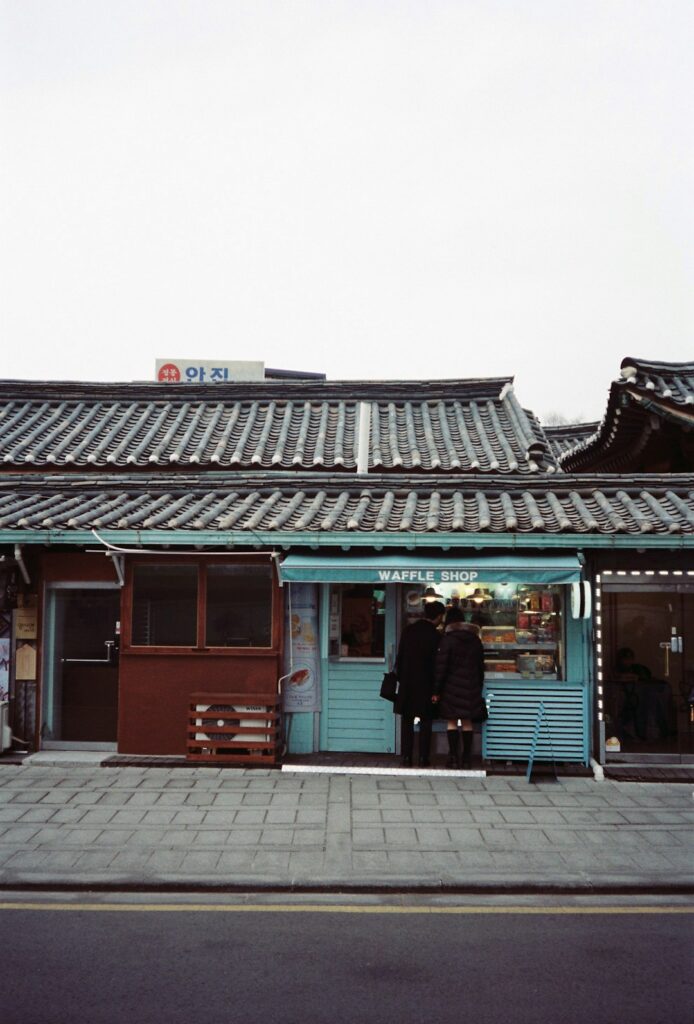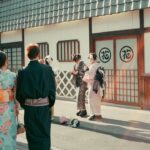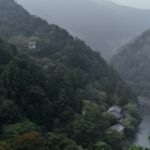Escape the buzz of Japan’s neon cities and step into a world where nature and tradition live in captivating harmony. Satoyama—Japan’s picturesque rural zones nestled between wild mountains and cultivated fields—offer immersive escapes that are quickly becoming the go-to destination for curious travelers in 2025. Dive into the gentle rhythms of this landscape, rediscover age-old customs, and experience a new side of Japan where wellbeing, sustainability, and authentic culture intertwine. In this article, we will explore what makes Satoyama special, why it’s trending, and how you can make the most of your own journey into these hidden rural sanctuaries.
What is Satoyama? Japan’s Unique Rural Landscape and Its Rediscovery
Satoyama literally means “village mountain”—patchwork regions at the intersection of human habitation and untamed wilderness. Historically, these areas developed where Japanese communities cultivated rice paddies and managed forests while coexisting respectfully with nature. For centuries, Satoyama has provided food, firewood, and medicines, forming the backbone of Japanese rural culture.
With urbanization and the shift to city life, Satoyama regions faced neglect. However, in recent years, there’s been a renaissance. Environmentalists, cultural advocates, and international travelers recognize Satoyama not only as a symbol of sustainable living, but also as a living classroom of Japanese tradition and slow-paced rural existence. Walking through these landscapes, you’ll witness undulating rice terraces, old thatched roof farmhouses, and villagers engaged in centuries-old customs—an elixir for the mind and soul in the modern age.
2025 Trend: Why Immersive Satoyama Stays are Captivating International Travelers
In 2025, Satoyama escapes are at the top of the bucket list for visitors seeking more than just sightseeing. Why? Unlike classic tourist hotspots, Satoyama offers the authentic Japanese experience, inviting guests to live alongside locals, volunteer in rice fields, and participate in traditional festivals.
Sustainability is a key draw—Satoyama communities often practice eco-friendly tourism from organic farming to handcrafted souvenirs, echoing Japan’s centuries-old connection to nature. Here, travelers find genuine hospitality, savor farm-to-table cuisine, and rediscover a sense of slow, mindful living that is rare elsewhere. For those burnt out on the urban rush, Satoyama promises restoration, connection, and inspiration on a profound level.
Notable Satoyama Regions: Where to Stay and Meet the Locals
Ready to discover Satoyama for yourself? Here are some remarkable regions:
- Noto Peninsula (Ishikawa): Set against the Sea of Japan, this region is famous for rice terraces that ripple down to the coast and villages that have nurtured the Satoyama spirit for generations. Stay in renovated kominka (traditional farmhouses), help harvest salt the traditional way, and join local festivals.
- Hida (Gifu): Tucked high in the mountains, Hida is a mosaic of rural charm: thatched-roof farmhouses, misty forests, and crafts like Hida woodworking. Overnight in a centuries-old minka and enjoy conversations by irori hearths (sunken fires).
- Nakasendo & Kiso Valley (Nagano): Once a vital highway for samurai and feudal lords, this region features picture-perfect post towns. Walk scenic trails and rest in village inns where time seems to stand still. Locals love to share stories—don’t be surprised if you’re offered home-grown mountain vegetables or a ceremonial cup of tea!
Each Satoyama area is unique, but what they share is a passion for community and cross-cultural exchange. Travelers often recount unforgettable encounters: learning to pound mochi with village elders, joining a summer festival, or gathering around a communal feast after a long day of hiking.
Forest Therapy Retreats: The Allure and Benefits of Shinrin-yoku in Satoyama
Perhaps the most profound experience in Satoyama is Shinrin-yoku—the practice of “forest bathing.” This isn’t merely a walk in the woods: it’s an intentional immersion in nature, using all five senses to reconnect body and mind. Scientific studies show that forest therapy can lower blood pressure, boost immunity, and decrease anxiety.
Many Satoyama communities now offer forest therapy retreats led by certified guides. Programs may include meditative walks, outdoor yoga, tea ceremonies with wild herbs, or even moonlit woodland strolls. For travelers, the restorative power of these forests is transformative. As one guest from France described: “In the hush of ancient woods, I felt stress melt away. Each breath was filled with earth and possibility. I left with a new sense of peace I hadn’t felt in years.”
How to Savor Satoyama: Seasonal Adventures, Local Cuisine, and Unique Souvenirs
Satoyama offers much more than beautiful views. Each season brings its own magic:
- Spring: Forage for edible wild plants, join cherry blossom picnics, and learn the art of rice planting.
- Summer: Take part in lively festivals, help with the rice harvest, or join twilight firefly tours along winding rivers.
- Autumn: Savor chestnuts, mushrooms, and sweet potatoes cooked on open fires, and admire brilliant foliage along mountain trails.
- Winter: Experience snow-covered villages, try your hand at making traditional miso or soba, and warm up with local sake varieties.
Don’t miss Satoyama’s gourmet opportunities: farmhouse cuisine features seasonal vegetables, mountain herbs, and freshwater fish—locally sourced and always prepared with care. You might even take part in cooking workshops or pottery classes. For truly special souvenirs, look for handwoven baskets, wood crafts, or small-batch preserves made by local families—items you’ll never find in Tokyo’s souvenir shops.
A journey into Satoyama isn’t just a trip—it’s an invitation to slow down, breathe deeply, and rediscover what it means to be connected: to nature, to others, and to yourself.








